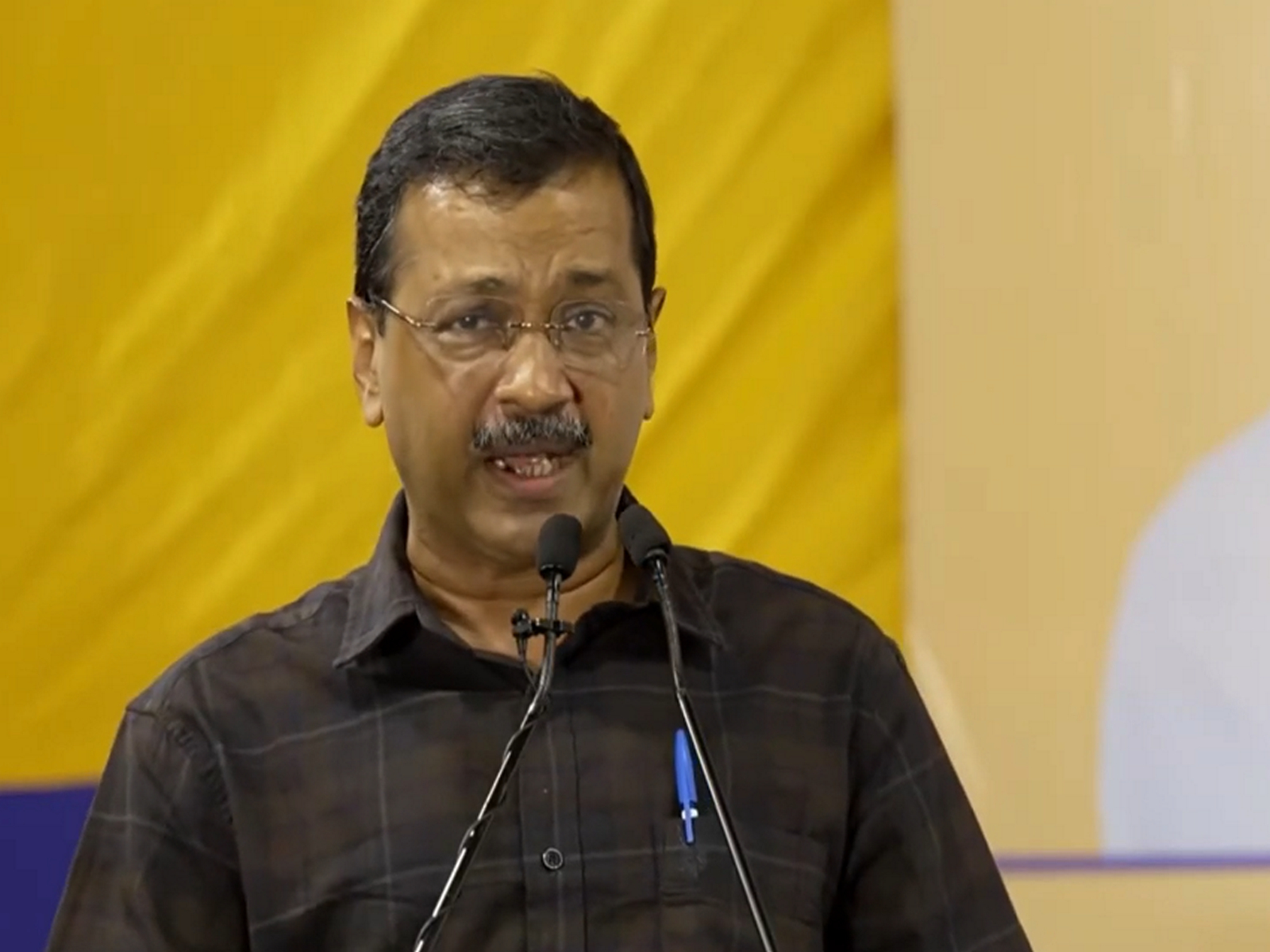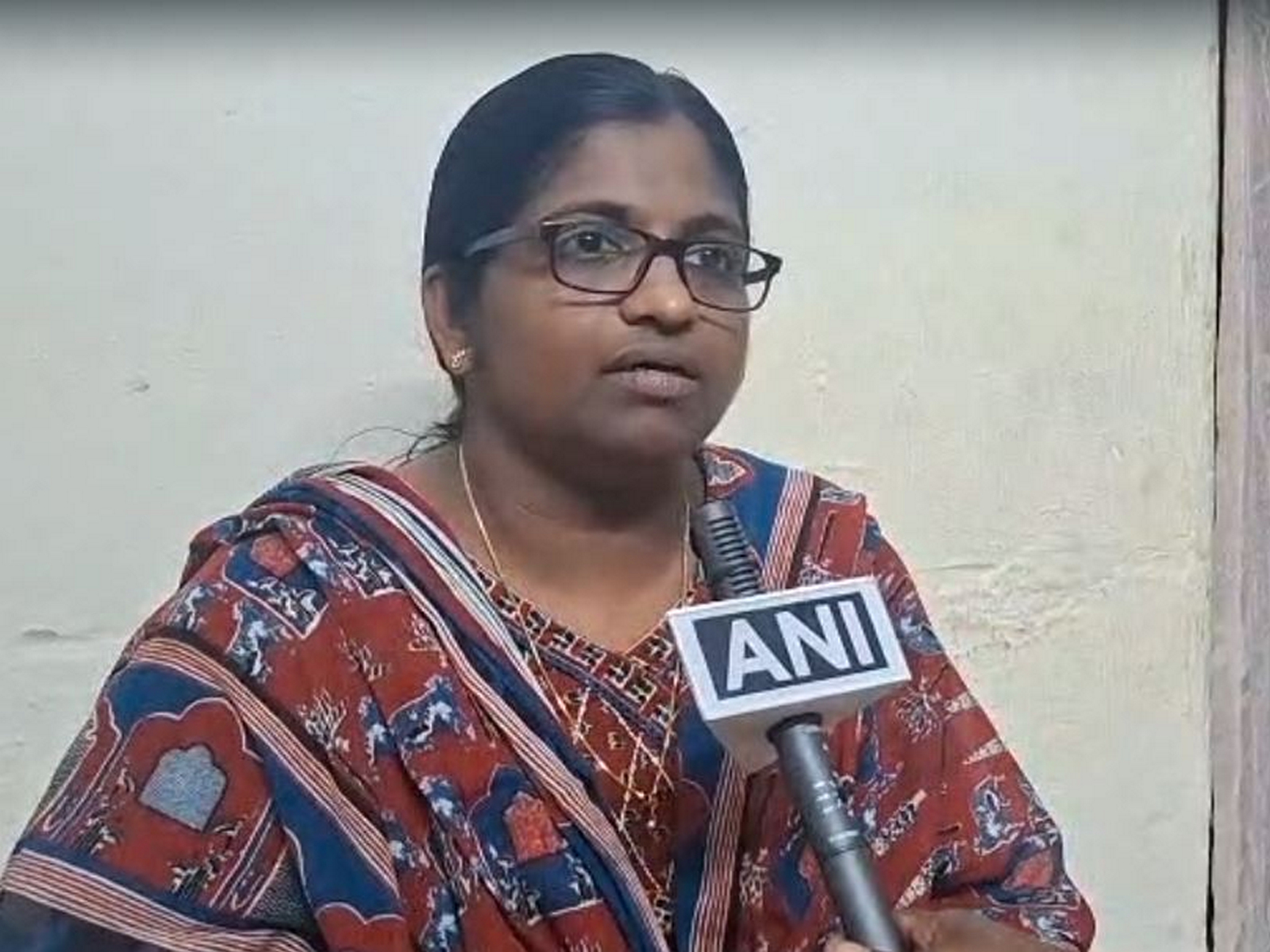With fluorescent collars, this Hyderabad-based NGO is trying to save stray animals
Apr 03, 2021

Hyderabad (Telangana) [India], April 3 : In order to protect stray animals, especially dogs, from getting hit on roads, a Hyderabad-based NGO 'Collarup' is tagging them with reflective fluorescent collars to minimise the number of stray animals getting hit by vehicles, especially during the night time.
The NGO tags stray dogs with reflective collars so that people driving at night can identify animals from a distance and accidents can be prevented.
"Collars are made of lightweight material and are safe for animals. They would help people driving at night to identify animals from distance," said NGO founder Chaitnya Gundluri.
The NGO was set up in November last year with an aim not just to save animals from getting hit by fast-moving vehicles, but also to prevent road accidents that take place while trying to save animals.
Speaking to ANI, Chaitnya said that being a full-time entrepreneur and traveler who spends most of his time while driving, he witnessed the drastic situation of stray animals being hit by fast-moving vehicles.
"Every time I went on to road trips, I witness many animal carcasses that were hit by fast-moving vehicles. This is one reason why I have decided to do something for stray animals," said Chaitanya.
Mentioning a particular incident that created an impact on his life, Chaitanya said that he lost his best friend in a road accident, who in an attempt to avoid hitting a stray dog, met with an accident and lost his life.
"The main intention of these fluorescent collars is not just to save stray animals from fast-moving vehicles, but also to save human lives also," Chaitanya said.
"The fluorescent collars that are being put around the stray animals, especially dogs, cows and buffaloes, will help them make visible during nights as the collar glows when light falls on it. The strip on the collar is made of a fluorescent material that reflects when light falls on it. The driver or the rider can identify the animals from a far distance and can accordingly slow down the vehicle," he added.
On one of his treks, he met a lady and her dog had an LED light collar attached to it and was clearly visible from a very far distance, that is when Chaitanya started researching about fluorescent collars. In order to come up with more user-friendly and light-weighted collars, Chaitanya came up with a collar having a fluorescent strip, a nylon belt and a plastic holder.
According to Chaitanya, the NGO currently has over 270 volunteers in six states and are working in 36 different cities to save stray animals. At times, he says they are able to collar over 200 dogs in a single day.
He mentioned that to create these fluorescent belts, the NGO has tied up with a group of small women entrepreneurs from the rural parts and thus have been able to create employment and women empowerment too.
Chaitanya said that most of the expenditure for the belts is made from his savings and donations. "To date, I was only using my savings to go ahead with this initiative. After that, people started making donations to come forward and help stray animals," Chaitanya said.
He further said that the animal lovers trying to help stray animals are receiving a lot of backlash from few localities. "I would like to appeal to all those people that, these stray animals need care and love and if they are unable to love these voiceless, at least don't stop those who have come forward to do so."
Speaking to ANI, Mauni Rasagnya, a volunteer from Collarup, said that they have been able to collar up at least 3,900 plus stray dogs and over 250 cows.
Further speaking, Rushmita, another volunteer who joined the NGO after losing her pet dog, said that she has been in collaboration with Collarup for the last three months and was able to collar up many dogs and feed them on a regular basis. "These fluorescent collars can help people identify stary animals on roads and save both the animal's life as well as the human's life.
Chaitanya and his team of 'Collarup' wish to collar up around three to four lakh stray animals in the next couple of years.

















